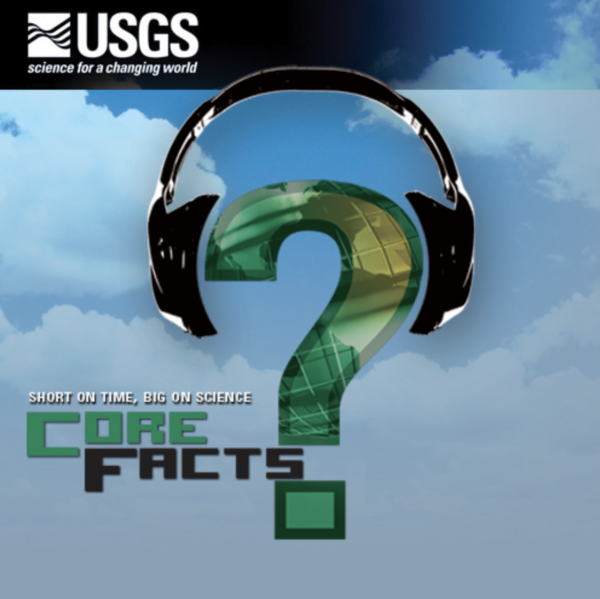Oblique lidar shaded relief image of the Gros Ventre Slide, Wyoming
Oblique lidar shaded relief image of the Gros Ventre Slide, WyomingOblique lidar shaded relief map looking east up the Gros Ventre River valley, Wyoming. The Gros Ventre Slide, which occurred on June 23, 1925, is outlined in black, and it moved from the high ridge on the south (right side of image) into the valley below. North-dipping sedimentary rock units are labeled in white, separated by white dashed lines.























